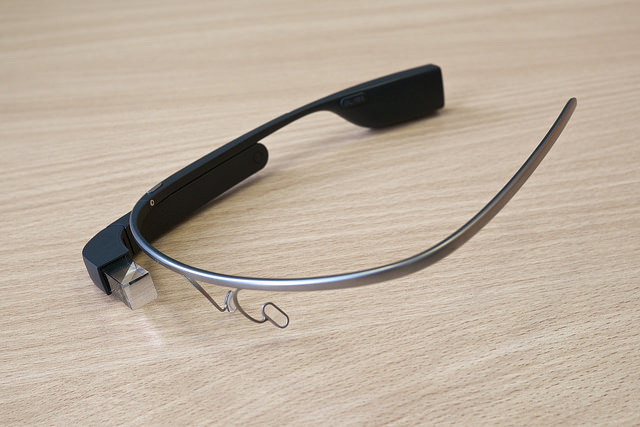There’s no such thing as easy neurosurgery – period. We truly admire the skill and courage of neurosurgeons. There is absolutely no easy way to manipulate neural tissue, the most irreplaceable organ of the human body. Heck, the tissue is sensitive even to electrolytic changes. But neurosurgeons work with neural tissue every day without even breaking a sweat. Amazing stuff, but enough with the compliments already; neurosurgeons don’t need an ego boost – however, we would like to give special kudos to the innovative neurosurgeons at the Design for Health & Wellbeing Research Group at Nottingham Trent University in the UK.

As we have said before, every single step little or big, that improves the quality of a procedure is something worthy of applause. And anything that helps make something as complex as neurosurgery even a tiny bit easier may be worthy of a standing ovation. Well, we are standing and cheering for the Nottingham surgeons. They did just that. They developed a wearable intraoperative electromyography monitor for Google Glass and tested it during Selective Dorsal Rhizotomy (SDR). It may seem from the outside like a “small step” but it isn’t, let us explain why.
During the SDR procedure, the surgeon needs to communicate with a Neurophysiologist across the operating theatre. With this “small step,” they were able to bypass this part of the procedure altogether and improve communications and efficiency while at the same time reducing the possibility of the surgeon sectioning a particular nerve (sadly, it happens).
The way the Nottingham group adapted the Electromyography to the Google Glass display may seem simple, but it’s ingenious, you can take a look at it here. This is a fantastic example of how Augmented Reality can change medicine with very small interventions. It shows how you don’t need a huge graphic processor to develop 3D builds of the stapes in every single angle possible and still get the job done. If we told you that this improvement can help prevent several accidental nerve sections you may actually think this isn’t such a “small step” either, right? Even though this “small step” doesn’t need to involve 3D imaging, it is still a huge advance. And as new innovative medical apps like this are developed with 3D imaging, they will take our breath away!
Obviously as with everything in medicine, “more studies need to be conducted to determine the potential benefits of this procedure”, but we love the way medicine is becoming courageous and edgy again. Physicians tasked with a problem they need to solve can once again use their innovative wit and Augmented Reality technology to tackle the problem. With just a few resources, the Nottingham surgeons developed an amazing solution that would not have been possible without the technological advances in Augmented Reality. Medicine is changing and seriously, don’t you love what you see? If you are like us, you can’t wait to see where this technology takes the medical profession!
Source: Nottingham Trent University, springer.com








